I heard a terrific story recently about Carl Friedrich Gauss, the 18th century German mathematician. And who isn’t a sucker for a good 18th century German mathematician story?
When Gauss was a schoolboy, a teacher once challenged the class with this problem: Add the numbers from 1 to 100 (1 + 2 = 3, 3 +3 = 6, 6 + 4 = 10, etc.). Assuming this challenge would occupy the students for a considerable time, the teacher was about to leave the room when young Gauss slammed his pencil down and proclaimed, “Done!” The teacher, incredulous of course, examined the young prodigy’s notebook and was astonished to see he had indeed found the correct answer. Why don’t you give it a try? Ready? Go!
If you’re still crunching numbers after about 10 seconds, then you’re quite a ways behind Gauss, who solved the problem almost instantly. How did he do it? A shortcut. Gauss realized that from 1 to 100 there are exactly 50 pairs of matching numbers: 1 + 100 = 101, 2 + 99 = 101, 3 + 98 = 101, etc. Therefore, he simply multiplied 101 by 50 to determine the correct answer of 5,050. This charming story prompted me to reflect on my work with OKRs. Are there any possible shortcuts for creating effective OKRs? The answer is a fence-sitting yes and no. Let's look at both.
Shortcuts: Go for it
On the positive side of the ledger, I believe there are some shortcuts to writing sound OKRs.
Using proven formulas
Objectives are always composed of three parts: They should begin with a verb, be followed by what you’re attempting to achieve, and end with the business impact you’re striving toward. Here’s a simple example: Increase attendance at our annual user conference in order to enhance member engagement with our products. Writing objectives can (and probably should be) a difficult assignment, but using a simple formula as a template can help you write OKRs in a consistent fashion, whether you’re brand new to the model or a seasoned veteran.
Adhering to a checklist of characteristics
Once you’ve drafted an OKR, gauge its efficacy by examining it in light of some basic attributes of an effective OKR. For example, does the objective contain the three components described above? Are the key results actually measurable? Are they ambitious? Can you complete them in 90 days? Visit our website at okrstraining.com for more characteristics of an effective OKR.
Following a regular cadence
More simply, make the development of OKRs a habit. Your organization should have created a cadence for OKRs, typically quarterly, and based on the fact that there will be pre-determined dates by which OKRs should be developed, vetted, and finalized. Put those dates on your calendar for the entire year and make them sacrosanct! On the appointed day (or days), ensure you set aside the time required to assess your situation and create an effective set of OKRs.
Shortcuts: Not Worth It
Following the advice offered above will put you on track to develop powerful OKRs, but there are some aspects of the process for which there are no shortcuts.
Understanding your company’s strategy
The OKR framework is primarily a strategy execution system, and the key word there is strategy. Your OKRs, whether you’re the CEO or a front-line employee, should demonstrate alignment to the company’s strategy, and for that to occur you must understand the company’s plan. If the strategy exists but has never been properly communicated to you, bring that up at your next town hall meeting or discuss it with your manager. Job one for executives is creating and sharing a clear strategy for the future, and they should be more than willing to discuss the details of the plan with everyone, since it’s only through collective action from top to bottom that strategies are executed.
conversations with your manager and direct reports
OKRs should never be created in a vacuum. By that I mean writing OKRs with no discussion whatsoever, entering them into a software system, and then hoping you’ll achieve them. Best practice OKRs users employ conversations throughout the organization to ensure all OKRs have been properly challenged and vetted. Once you have a first draft set of OKRs, sit down with your boss to discuss them. They should give you feedback; are your OKRs strategically aligned? Do they introduce enough ambitious stretch? What assistance do you require to achieve them? If you have direct reports, you should be holding similar conversations with each of them. All of this takes time, but the investment will accrue significant benefits in the form of higher-quality OKRs and improved results.
Thinking
Over the course of my consulting career I’ve reviewed literally thousands of OKRs. Not surprisingly, I’ve observed many trends over that span, including this one, which I find particularly troubling. Let’s say a person creates three OKRs. The first is almost always the most technically sound. I can practically see the person huddled over their computer, intellectual steam rising, as they grapple with the ultimately satisfying quest to write a strategically aligned OKR complete with a strong objective and set of key results culminating in at least one that measures business impact. The second OKR is OK at best, technically speaking, and the third is typically a short, misaligned brain dump of ideas that doesn’t amount to anything at all resembling an OKR. There is no question, it takes some mental horsepower to create high-quality OKRs. And for that, there is no shortcut.
As is often cited by pundits the world over, the winners over the coming decades will be those who can out-think and out-learn the competition. The investment in taking the time to carefully think about your environment, your unique contribution to success, and how that leads to effective OKRs is among the most valuable you can make.

